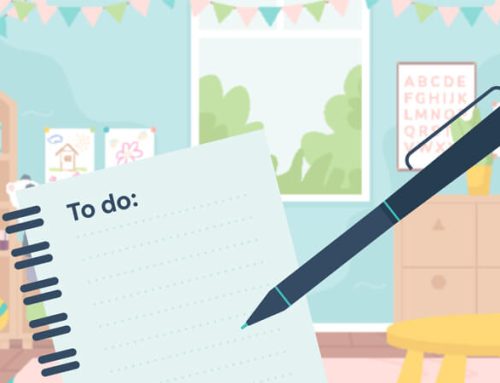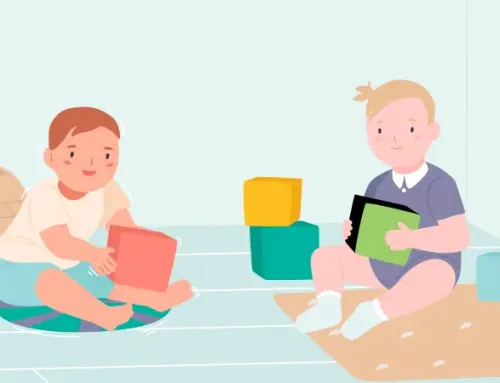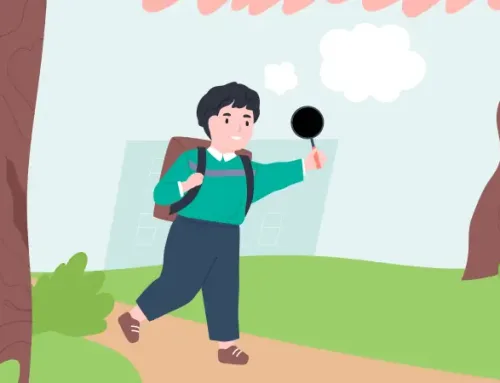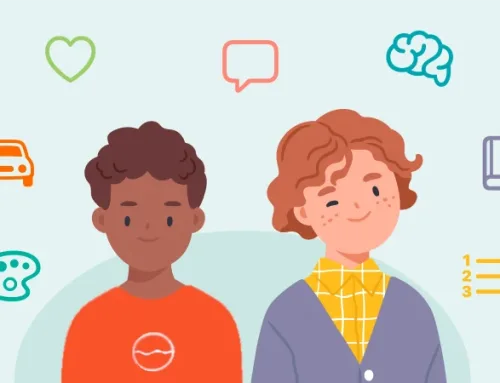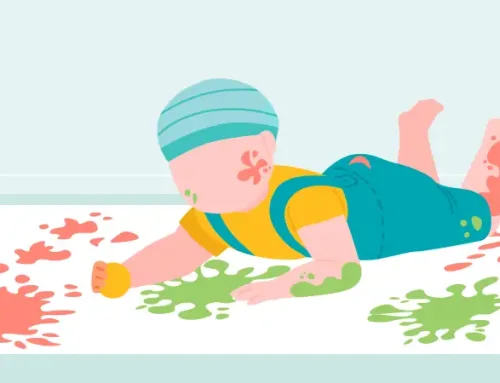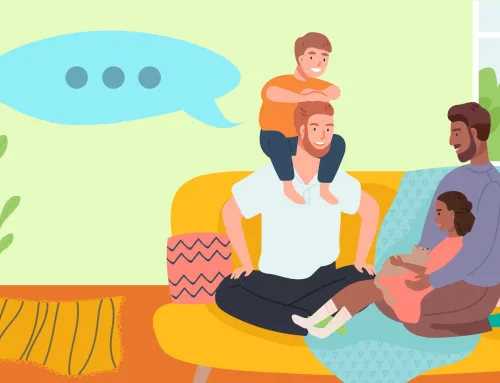This post was written by Jamie Victoria Barnes of Everything Early Years fame.
Mathematics is a core element of the EYFS framework and we can incorporate it in daily activities from a very young age. Maths in the EYFS can be separated into different areas of learning: numbers and shape, space and measure.
In early education we are always busy, and naturally we can become complacent and stick with activities and ideas that are most familiar to us, instead of looking for activities within the EYFS framework which may boost a child’s development. It is always important to reflect, make changes and explore new ideas and ways of teaching.
I adore outdoor learning and in particular the Forest School ethos, so I’m always exploring ways in which I can use natural resources to support learning and play.
As we grow up, maths can become a subject at school that we either take to easily or we have to work hard at to understand. Often this comes down to the teacher and whether the foundations for basic mathematics have been laid correctly.
I therefore think it is so important for us as early educators to teach maths in a practical, hands-on and exciting way so that we stimulate that love for learning early on.
So how can you teach maths outdoors? Simple!
EYFS Maths Activity 1: Shops
Sometimes the best maths EYFS activities are the most simple. I have set up this activity with children aged 2, 3, 4 and 5 years old and they love it!
Firstly, collect a selection of natural resources with the children. These resources will be the items in the shop — pinecones, sticks, conkers, acorns, leaves, wildflowers and such like. The children can then group the items and count how many they have of each. This activity is great for mathematical language as well as the children being involved in the setup of the activity. When children are involved in the whole process of an activity, it allows them to have a better understanding and be far more engaged and interested. It even ticks the boxes for EYFS targets such as using language for quantities and using numbers accurately in play while also boosting their imagination and roleplay skills.
Wood chippings or stones are great resources to use as money at the shop. An item could cost ‘3 stones’, for example. As the adult, it is important to model the correct mathematical language and ask questions like, “If I took two of your chocolate sticks away, how many would I have left to buy?” This is a simple way to introduce subtraction and adding but in a fun and informal way.
EYFS Maths Activity 2: Shapes
There are so many ways in which you can create or look for shapes in the outdoor environment. Firstly, create a template of shapes on paper to act as a spotter sheet for walks out and about — “See if you can spot a triangle on our walk today!” — or collect sticks to copy the shapes on the template sheet. Nature provides us with so many resources; we do not need to always buy activities, but use what we already have for free.
By using natural resources (wildflowers, pinecones, leaves, etc.), children can create shapes, patterns and sequences whilst learning about the world around them and getting physical outdoor exercise! Observe your children developing skills such as naming shapes, finding shapes in the environment and using the language of size.
All of these areas show how a child is developing against the EYFS framework, building their knowledge of shape, space and measurement.
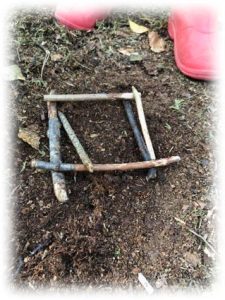

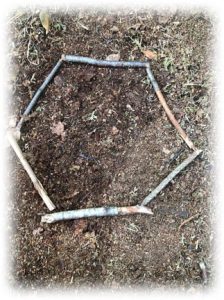
EYFS Maths Activity 3: Measuring
Learning about different sizes can be great, while also aiding development in the EYFS. It’s fun, and sticks are an endless resource! Start with the biggest stick you can find, and in order, organise them from the largest to the smallest. Children love this activity, but it does not have to be done just with sticks — leaves and stones are great too. Be creative!
I also enjoy taking out ‘hand’ and ‘feet’ templates and inviting the children to measure the length of their play area, plants and generally anything that they find, supporting their understanding of measurement and exploration.
Anything that can be done indoors can be done outdoors! The opportunities are endless: sorting resources, grouping, colour matching…the list goes on! Outdoor education allows children to have a holistic learning experience and be involved in the process, which encourages learning!
Content
Written by
Share
Learn more



